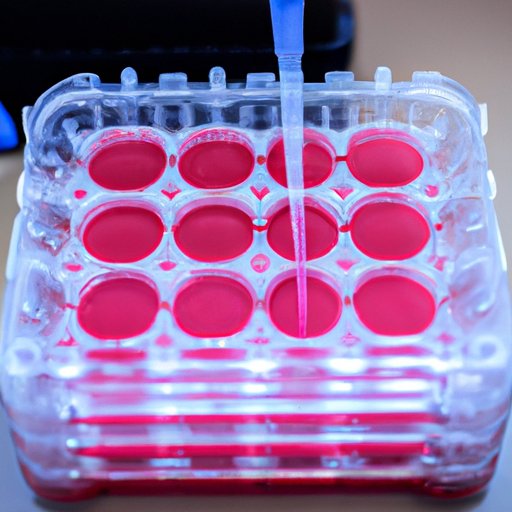Introduction
The HeLa cell line is one of the most widely used cell lines in scientific research. It was first cultivated in 1951 by Dr. George Otto Gey, a cancer researcher at Johns Hopkins University. The HeLa cell line has since been used in countless studies and experiments, providing invaluable insight into the field of cancer research and other areas of scientific inquiry. This article will explore the process of culturing the HeLa cell line, discussing the role of Dr. Gey, the techniques used to culture the cells, and the impact of the HeLa cell line on medical and scientific research.
A Historical Look at the Culturing of the HeLa Cell Line
Before exploring the process of culturing the HeLa cell line, it is important to understand the background and history of the cells. HeLa cells were originally derived from a sample taken from Henrietta Lacks, an African-American woman who passed away from cervical cancer in 1951. After her death, her physician, Dr. Howard Jones, sent a sample of her tumor tissue to Dr. George Otto Gey for further study. Dr. Gey was able to successfully cultivate the HeLa cell line from the sample, making them the first human cell line to be grown in culture. Since then, the HeLa cell line has become an invaluable tool in medical and scientific research.
Dr. Gey is credited with developing the techniques used to culture the HeLa cell line. He was the first to successfully grow human cells in culture, and he continued to develop new techniques for culturing the cells throughout his career. In addition to culturing the HeLa cell line, Dr. Gey also developed methods for freezing and thawing cells, which allowed researchers to store cultures of cells for later use. He also pioneered the use of antibiotics to prevent contamination of cell cultures.
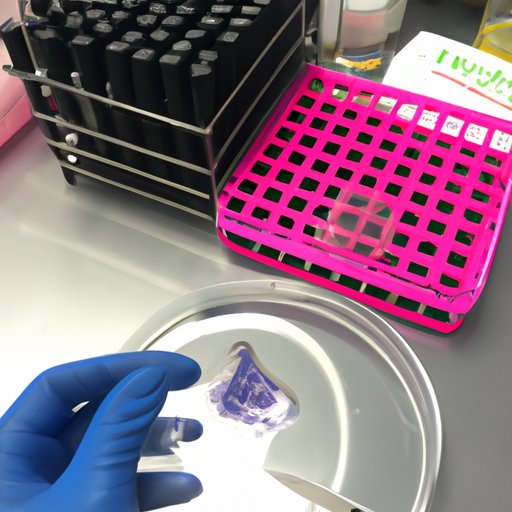
Exploring the Techniques Used to Culture the HeLa Cell Line
The process of culturing the HeLa cell line involves several steps. First, the sample must be collected from the patient and prepared for culturing. This usually involves removing the tissue from the patient and suspending it in a nutrient broth. The sample is then placed in a petri dish or culture flask, where it is incubated at a specific temperature. The cells will then begin to grow and divide, forming a monolayer on the surface of the dish.
Once the cells have grown to a certain density, they can be passaged into a new dish. This involves removing some of the cells from the original dish and transferring them to a new dish. The cells will then continue to grow and divide until a sufficient number of cells have been produced to conduct experiments. It is important to note that culturing the HeLa cell line can be challenging due to its fast growth rate and tendency to form clumps.
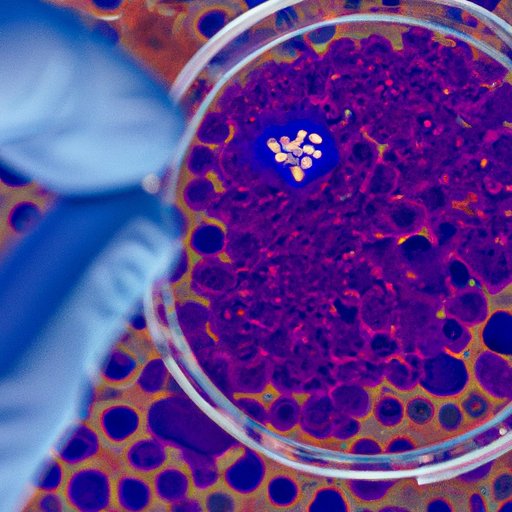
Uncovering the Secrets Behind the Successful Culturing of HeLa Cells
In order to successfully culture the HeLa cell line, special conditions must be met. The cells require a specific environment in order to thrive, including the right temperature, pH, and nutrient concentration. Additionally, the cells must be kept free from contamination, as even a small amount of contamination can ruin an entire culture. Finally, the cells must be regularly monitored and passaged in order to maintain their health and viability.
There are several factors that contribute to the successful culturing of HeLa cells. One of the most important is the quality of the tissue sample. If the sample is not properly collected and prepared, the culture may not survive. Additionally, the culture medium used to grow the cells must be carefully chosen and monitored to ensure that the cells remain healthy. Finally, the environment in which the cells are cultured must be carefully controlled in order to maintain the proper conditions for the cells to thrive.
Examining the Role of Dr. Gey in Culturing the HeLa Cell Line
Dr. Gey played an important role in the culturing of the HeLa cell line. He was the first to successfully grow human cells in culture, and his techniques for culturing the HeLa cell line have been used for decades. He also developed methods for freezing and thawing cells, as well as utilizing antibiotics to prevent contamination of cell cultures. Dr. Gey’s contributions to the field of cancer research have had a lasting impact, and his legacy will continue to influence generations of scientists to come.
Investigating the Timeline of Culturing the HeLa Cell Line
Since the HeLa cell line was first cultured in 1951, the process of culturing the cells has undergone many changes and developments. Initially, the cells were grown in glass flasks, but over time, more sophisticated methods such as tissue culture plates and roller bottles have been developed. Additionally, new techniques such as cloning and transfection have been developed to allow researchers to manipulate the cells in more controlled ways. In recent years, the use of stem cells has also become popular, allowing researchers to culture the HeLa cell line in a more efficient and cost-effective manner.
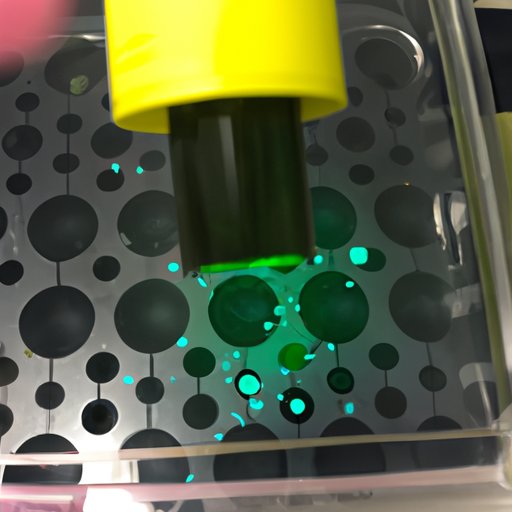
Analyzing the Impact of the HeLa Cell Line on Scientific Research
The HeLa cell line has had a profound impact on scientific research. It has been used in countless studies and experiments, providing invaluable insights into the field of cancer research. Additionally, the HeLa cell line has been used to study a variety of other diseases, including HIV/AIDS, Alzheimer’s disease, and diabetes. Furthermore, the HeLa cell line has been used to develop treatments for various conditions, including vaccines and new drugs.
The HeLa cell line has also had an impact on other areas of scientific research. For example, the cells have been used to study the effects of radiation and toxins on human cells. They have also been used to study the properties of cells, including their metabolism and ability to respond to stimuli. Finally, the HeLa cell line has been studied to gain a better understanding of the mechanisms underlying cancer development and progression.
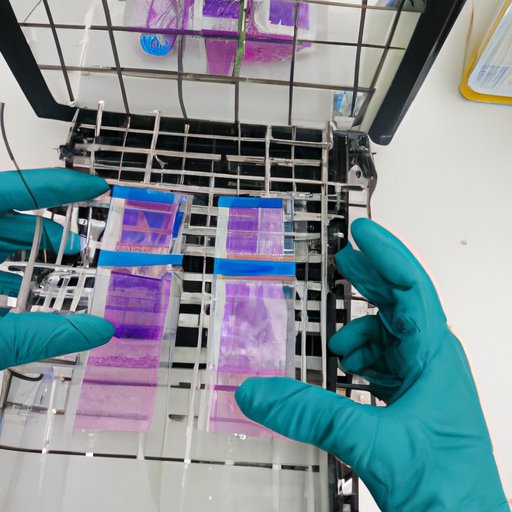
Understanding the Process of Culturing the HeLa Cell Line
Culturing the HeLa cell line is a complex process that requires careful attention to detail. To ensure success, it is important to follow all of the steps involved in culturing the cells. Additionally, special care must be taken to maintain the cells in the correct environment and to prevent contamination. Finally, it is important to monitor the cells regularly and to passage them when necessary.
When culturing the HeLa cell line, it is important to keep a few tips in mind. First, it is important to use high-quality tissue samples and culture medium. Second, the environment in which the cells are cultured must be carefully controlled. Finally, the cells must be monitored closely and passaged regularly in order to maintain their health and viability.
Conclusion
The process of culturing the HeLa cell line is a complex one that requires careful attention to detail. By understanding the techniques used to culture the cells, as well as the conditions necessary for their survival, researchers can ensure that their cultures of HeLa cells will be successful. Additionally, the work of Dr. Gey has had a lasting impact on the field of cancer research, and his legacy will continue to influence generations of scientists to come. Finally, the HeLa cell line has had a profound impact on scientific research, providing invaluable insight into the field of cancer research and other areas of scientific inquiry.
(Note: Is this article not meeting your expectations? Do you have knowledge or insights to share? Unlock new opportunities and expand your reach by joining our authors team. Click Registration to join us and share your expertise with our readers.)
